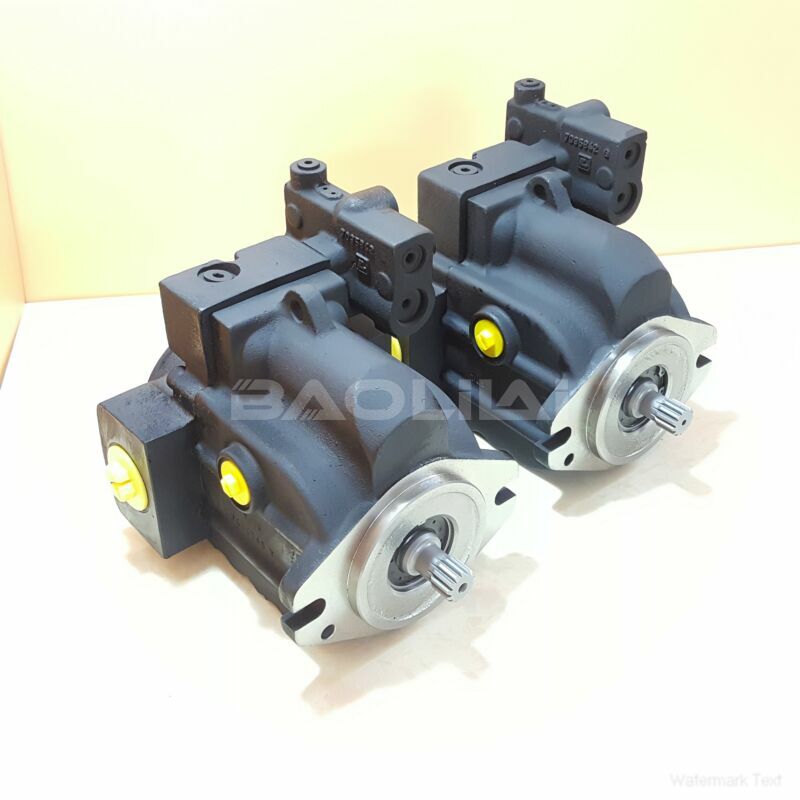LRR025CLS2120NNN3K1NFA6NPLBNNNNNN hydraulic pump
LRR025CLS2120NNN3K1NFA6NPLBNNNNNN hydraulic pump

- Product Details
- Applicable Scene
In an increasingly interconnected world where energy efficiency and reliability are paramount, smart energy grids are emerging as a transformative solution for managing electrical and thermal energy. Integral to these grids is the need for efficient fluid power systems, with Danfoss pumps playing a crucial role in optimizing performance and control. This article explores how Danfoss pumps contribute to the stability and efficiency of fluid power within smart energy grids.
LR-R-025C-LS-21-20-NN-N-3-K1NF-A6N-PLB-NNN-NNN
LRR025CLS2120NNN3K1NFA6NPLBNNNNNN
Fluid power systems, including hydraulics and pneumatics, are vital for various applications within smart energy infrastructure, including renewable energy integration, thermal energy storage, and cooling systems for data centers and electric vehicles. Simplified, these systems rely on fluids to transmit power, making their control essential for maintaining system efficiency and responsiveness.

7005118S
Danfoss pumps are known for their advanced technology and reliability. They are engineered to handle complex fluid dynamics efficiently, which is crucial as energy grids evolve to incorporate more variable renewable energy sources like wind and solar. By using variable speed drives and smart controls, Danfoss pumps can adjust to real-time demands, ensuring that fluid power systems operate optimally. This adaptive capability not only enhances efficiency but also reduces energy consumption, addressing one of the key challenges in energy management.
One of the standout features of Danfoss pumps is their ability to integrate with Internet of Things (IoT) technology. This integration allows for seamless communication between the pumps and other components of the energy grid, enabling predictive maintenance and real-time monitoring. For instance, sensors can collect data on pump performance, fluid flow rates, and operational conditions, which can then be analyzed to predict potential failures. This proactive approach minimizes downtime and maintenance costs, ensuring a more reliable energy supply.





